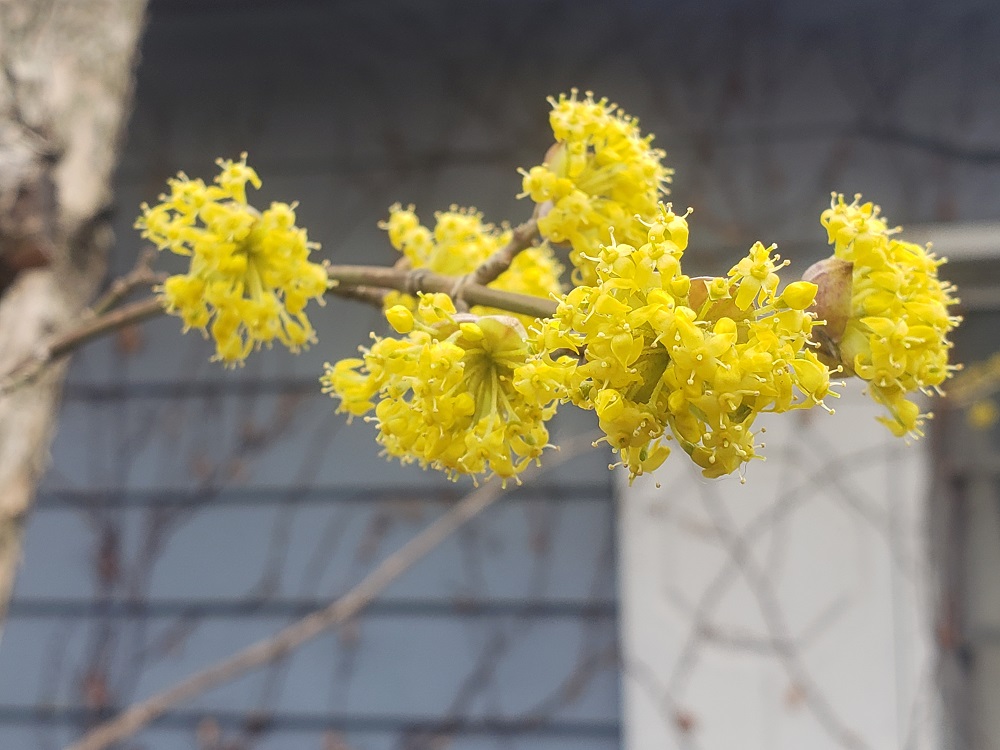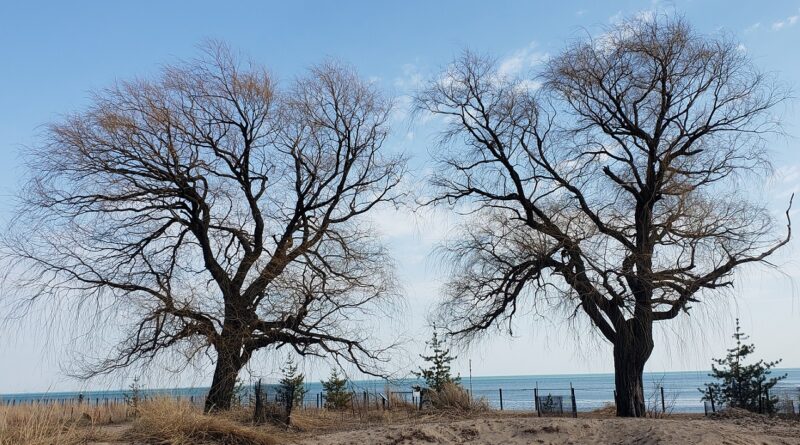Meet the Challenge of Spring
Podcast: Play in new window | Download (Duration: 2:00:23 — 57.0MB)
Subscribe: Apple Podcasts | Spotify | Android | iHeartRadio | Podchaser | Email | TuneIn | RSS | More
(March 28, 2021) We’re closing in on April. My crocus blooms have pretty much come and gone. The daffodils are nearing their peak. Allium shoots are six inches high. I see stirrings of wild ginger, mayapple, monarda, Virginia bluebell and celendine poppy. Yes, we could still see a snowfall. In fact, we’ve had April snows in each of the last two years. Regardless, winter is history. Now it’s time to meet the challenge of spring.

One might think that the challenging season is winter. However, one could also argue that when it comes to growing things. every season is a challenge. Coming out of winter, we want to give our plants a good start. Especially our trees and shrubs. That’s why we welcome arborist representative and certified arborist Evan Shorr from Bartlett Tree Experts. (Full disclosure: Bartlett is our primary sponsor, and we’re proud of that.) He last joined us in September of 2019, so it’s been too long.
Shorr recently sent out a newsletter about how to meet the challenge of spring. Here’s his short list of issues he’s already seeing.
- Browning of needles on evergreens (as well as discoloration and wilting on deciduous trees as leaves emerge)
- Damage to twigs and branches
- Cracks or splits in the bark
- Root issues, which may result in structural instability or tree failure
- Deer browsing on many plant types as these animals search for any food they can find
- Deicing salt damage on trees near pavement and walkways
Let’s start with the last item on the list. When you throw salt on your sidewalks and driveways, you’re causing more damage than you can possibly imagine. Just last week, the Chicago Tribune posted a story about the dangers to our water and wildlife from rampant salt application.
“Our species and systems are not adapted to that kind of influx of salt,” since Illinois’ ecosystems are freshwater, said Abigail Derby Lewis, senior conservation ecologist at the Field Museum’s Keller Science Action Center.
Splashes and sprays of road salt can dry out plants. Leaves may brown at the edges or all the way through. New buds and twigs may die.
“It damages plants by literally burning their tissue,” Lewis said.
The salt can also accumulate in soil near heavily treated roads or sidewalks, and draw moisture out of a plant’s roots, drying out the entire plant, according to the Morton Arboretum.
In the article, Scott Kuykendall, a water resource specialist for McHenry County’s planning department, says, “… Every kernel of salt that you put down will melt a 12-inch radius. Any more salt you put down beyond that … is waste.” That has led me to almost entirely stop applying salt.
However, even if you see what appear to be dead areas of a tree or shrub, patience can be a virtue. On a page about spring plant care, Bartlett has some good advice. This is from a few seasons ago, but it still holds true.
The harsh winter caused leaves to turn brown and branches to die back on many evergreens, as well as trees and shrubs that are more sensitive to the extreme temperatures of the Chicago region. Don’t rush to prune the affected areas – you might accidentally remove healthy tissue. Let the plant start its new growth, then prune branches and stems that are obviously dead.
Don’t be overly eager to prune spring-flowering shrubs and small trees, like viburnum and magnolia, either. If you prune them before they bloom, you might remove buds that could help with the spring-flowering show. But you can certainly trim out dead wood in the meantime.
There are many more tips on that page about how to meet the challenge of spring. Meanwhile, Evan Shorr will help us with some of those issues on today’s show. Get your questions ready!

